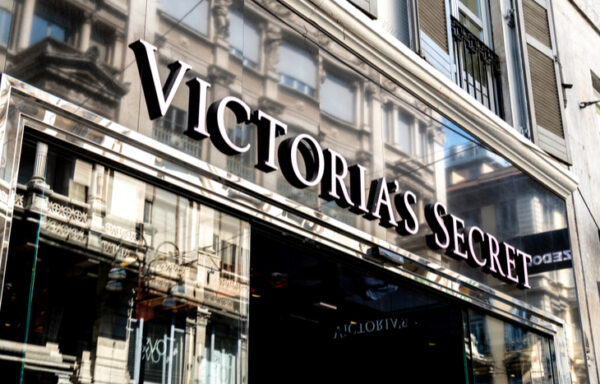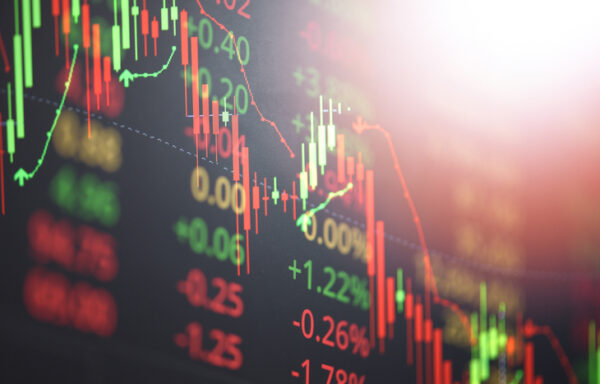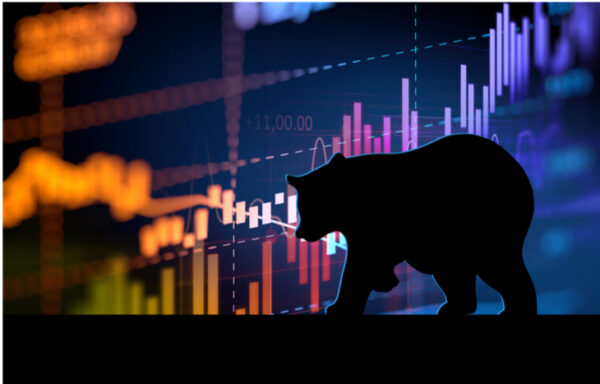Alternative Assets: A Quick Guide to Investing in Art
Ever since the coronavirus pandemic, the stock market has been incredibly volatile. It feels as if every single government safety mandate sends shockwaves through the entire market. Due to this increased volatility, many investors are taking another look at alternative assets. Specifically, investors are taking a deeper look at how to invest in art.
As an alternative asset, art has come a long way. For years, art investing was really only available to high-net-worth individuals. It was something you only did after you already invested millions in stocks and real estate. These days, investing in art is much more accessible. Let’s take a closer look.

Why Do People Invest In Art?
Art is an alternative asset. Most investors mainly use traditional assets like stocks, bonds and cash alternatives. Alternative assets, on the other hand, are other objects whose value can increase over time. A few examples of alternative assets are commodities, precious metals, diamonds, watches, classic cars and artwork. The markets for alternative assets are usually a little bit less defined when compared to stocks.
Recently, art investing has gone through a major transition. This transition is mainly due to the rise of NFTs. NFT stands for non-fungible token. These are digital tokens that can represent almost anything. Most often, NFTs are used to represent pieces of artwork. NFTs have completely changed the world of digital art. This is because NFTs rely on blockchain technology. Blockchain technology makes it nearly impossible to replicate an NFT.
With that said, let’s dive into what benefits you can expect when investing in art.
Pros Of Investing
- Diversification. Art is a great way to diversify out of stocks, bonds and real estate. Additionally. government regulations and Federal Reserve meetings don’t really impact art prices. This means that rising interest rates wont crash your investment.
- It can offer higher returns than you’d expect. Masterworks estimates that the annual appreciation of artwork is 13.6% since 1995. On the other hand, the historical average return of the S&P 500 is approximately 10%. Obviously, your returns can vary greatly if you invest in individual pieces of artwork.
- You own a piece of history. When you buy an original Picasso or Van Gogh you are buying a piece of culture. In many ways, this is much more attractive than owning a portfolio of stocks. Additionally, high-end artwork is actually fairly stable in terms of its price. Even the biggest companies in the world could eventually go bankrupt. However, it’s hard to imagine a scenario where people suddenly stop considering a famous piece of fine art valuable.
- Owning artwork is fairly cheap. Artwork is expensive to buy but cheap to own. You will most likely need to pay to transport and hang your artwork. After this, there aren’t many other fees. Compare this to an asset like real estate, where owning it comes with dozens of fees (taxes, insurance, HOA fees, etc.). Even stocks can get expensive as most financial advisors will also charge a fee to manage your portfolio.
- It’s usually put on display. Nobody frames their shares of Apple stock and hands them in the hallway. Artwork, on the other hand, is meant to be enjoyed.
Cons Of Investing
- It’s incredibly expensive. For years, a piece of fine art would cost at least you at least a few thousand dollars. More expensive pieces could quickly run you hundreds of thousands. While this is starting to change slightly, investing in art investing is still generally a rich persons game.
- Fine art is very illiquid. Excluding NFTs, fine art is one of the most illiquid investments. It is usually a very long process to both buy and sell a piece of artwork. If you need to raise cash quickly, don’t count on selling a piece of artwork.
- Long time horizon. Again, excluding NFTs, art investments generally have a very long time horizon. This means that it can take years for pieces of art to grow in value. In fact, many investors purchase artwork with the intention of leaving it to their kids.
- All types of art investing are fairly risky. A traditional piece of art might be secure in terms of its price. However, you run the risk that it could be damaged or stolen. On the other hand, there is not a big risk of your NFT getting damaged or stolen. However, there is a chance that the project could fall out of popularity. This could theoretically reduce the value of your NFT to $0.
Types Of Art Investing
There are three main ways of investing in art. The first is to buy original pieces by themselves. To do this you will usually need to work with a professional who can help you navigate the market. This process requires finding, validating and negotiating a piece of artwork. There are some marketplaces, such as Singulart, that can make this process easier.
Another way to invest in art is through crowdfunding sites. Two examples of art crowdfunding sites are Masterworks and Yieldstreet. These sites allow you to invest in artwork without actually purchasing a piece. For example, Masterworks owns a portfolio of artwork. All of their pieces have a history of appreciating in value. Masterworks securitizes each piece and allows you to purchase “shares” in them.
The final way to invest in art is through NFTs. NFTs are still very new and many investors consider NFT investing risky. Additionally, most NFT prices are extremely volatile. This can lead to extreme profits or losses in a short period of time. If buying an NFT seems risky, you can also consider investing in stocks that will profit off the popularity of NFTs.
Art Investing For Beginners
As with any investment, the first place to start when investing in art is with your financial goals. Before moving forward, make sure that art investing is aligned with your goals. If you are looking to diversify your portfolio by ownign a unique asset then art investing is a great idea. If you are looking for a cheap way to earn a safe return then art investing is probably not for you.
Once you decide that you want to invest in art, the first step is to decide how you want to do it. Here are a two questions to ask that can help you get started:
- Do you have a favorite artist? If you do, researching their most famous pieces is a good start.
- Are you only interested in the financial gain? If this is the case, then I would recommend using a crowdfunding platform. This way, you don’t need to navigate the entire sales process. You also don’t have to worry about being responsible for the artwork.
Even though it’s still very new, I would also recommend researching NFTs. This is because NFT investing solves two major issues with owning art. First, NFTs are much easier to buy and sell than traditional artwork. Second, NFTs are known to appreciate in value much more quickly than traditional artwork.
At the end of the day, there is no single right answer to investing in art. It all comes down to what you are looking for as an investor!
I hope that you’ve found this guide to investing in art valuable! If you are interested in learning more, please subscribe below to get alerted of new articles as we write them!
[adzerk-get-ad zone="245143" size="4"]About Teddy Stavetski
A University of Miami grad, Teddy studied marketing and finance while also playing four years on the football team. He’s always had a passion for business and used his experience from a few personal projects to become one of the top-rated business writers on Fiverr.com. When he’s not hammering words onto paper, you can find him hammering notes on the piano or traveling to some place random.





